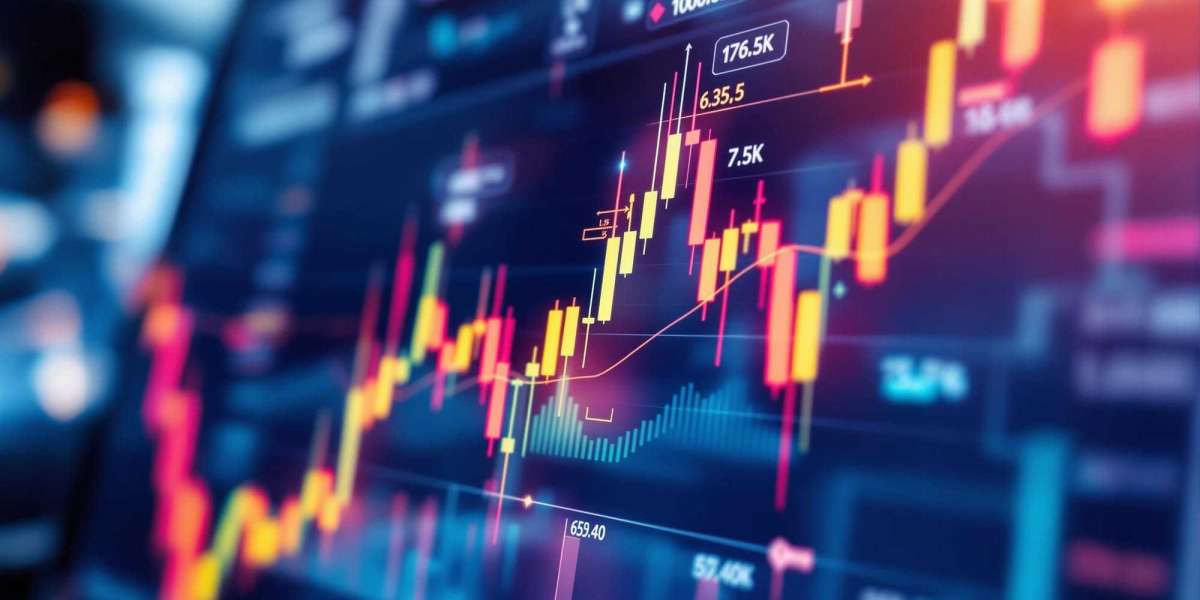Gold futures trading is one of the most popular ways for traders to participate in the commodities market without physically owning gold. It offers opportunities for speculation, hedging, and diversification. However, for new traders and even experienced ones looking to test strategies, directly jumping into real trades can be risky. This is where paper trading becomes a valuable tool. Paper trading allows traders to simulate real market conditions without risking actual capital, making it an ideal environment for learning and practicing.
Understanding Gold Futures Trading
Gold futures are standardized contracts in which the buyer agrees to purchase, and the seller agrees to deliver, a specific amount of gold at a predetermined price and date in the future. These contracts are traded on regulated exchanges, and their value is influenced by multiple factors such as global economic trends, currency fluctuations, inflation expectations, and market sentiment.
In gold futures trading, traders often have specific goals. Some may seek short-term profits by leveraging market volatility, while others might use the contracts as a hedge against inflation or currency risk. Whatever the motivation, understanding contract specifications, margin requirements, and market hours is essential. Before committing capital, traders need to be comfortable with the mechanics of how these futures work.
The Importance of Practice in Trading
Trading gold futures involves decision-making under uncertainty, and even the most carefully planned strategies can fail without proper testing. Market movements can be fast, and emotional reactions can influence a trader’s judgment. This is why practice becomes a crucial part of the learning process.
Paper trading offers the ability to practice in real-time market conditions while keeping emotions in check. Since no real money is at stake, traders can make bold decisions, experiment with different strategies, and learn from mistakes without financial consequences.
What is Paper Trading?
Paper trading refers to simulated trading where a trader uses real market data but does not execute actual trades with money. Instead, they record their trades on paper—or more commonly today, in digital trading platforms—to track performance.
The name comes from the old practice of writing down hypothetical trades on paper to see how they would have performed. Modern platforms take it further, allowing traders to click and execute simulated trades in a live environment with virtual balances. This enables them to replicate the timing, entry, and exit of trades just like in real markets.
Benefits of Paper Trading for Gold Futures
One of the main benefits of paper trading for gold futures is that it allows traders to understand how gold prices respond to various market events. Since gold often reacts strongly to geopolitical developments and economic news, paper trading lets traders experience these fluctuations without stress.
It also helps in building technical analysis skills. By practicing chart reading, identifying patterns, and using indicators in a simulated environment, traders can sharpen their skills and make better-informed decisions. Additionally, paper trading provides insight into order types, such as market orders, limit orders, and stop-loss orders, without risking capital.
Developing a Gold Futures Strategy Through Paper Trading
A successful gold futures trading strategy often combines market analysis, risk management, and discipline. In paper trading, a trader can experiment with different approaches to see what works best for them.
For instance, some traders might focus on short-term trading, capitalizing on intraday price swings. Others may adopt a swing trading approach, holding positions for several days or weeks to benefit from medium-term trends. Paper trading allows testing both without the fear of loss.
Risk management is another crucial element. Paper trading gives traders the chance to practice setting stop-loss levels, calculating position sizes, and managing leverage responsibly. Since gold futures can be volatile, practicing these skills is invaluable.
Avoiding Emotional Pitfalls Through Simulation
Real trading often triggers emotional responses such as fear after a loss or greed after a win. These emotions can lead to poor decisions, such as overtrading or holding onto a losing position for too long. Paper trading provides a safe space to recognize and control these emotional tendencies.
By simulating multiple trades and keeping detailed records, traders can analyze their decisions and identify patterns in their behavior. Over time, this self-awareness can lead to more disciplined trading in real markets.
Transitioning From Paper Trading to Real Gold Futures Trading
While paper trading is an excellent learning tool, it is important to remember that simulated trading does not perfectly replicate the psychological pressure of real trading. Therefore, when transitioning to real gold futures trading, traders should start small.
A gradual approach—such as starting with smaller contract sizes or lower leverage—can help bridge the gap between practice and live markets. The skills and strategies developed through paper trading can serve as a strong foundation, making the shift to real trading smoother and more confident.
Conclusion
Gold futures trading offers significant opportunities, but it also carries risks that require preparation and practice. Paper trading is one of the most effective ways to gain experience, test strategies, and develop confidence without risking real capital. By using paper trading to refine entry and exit points, understand market behavior, and practice risk management, traders can greatly improve their chances of success when they finally step into the live gold futures market.














